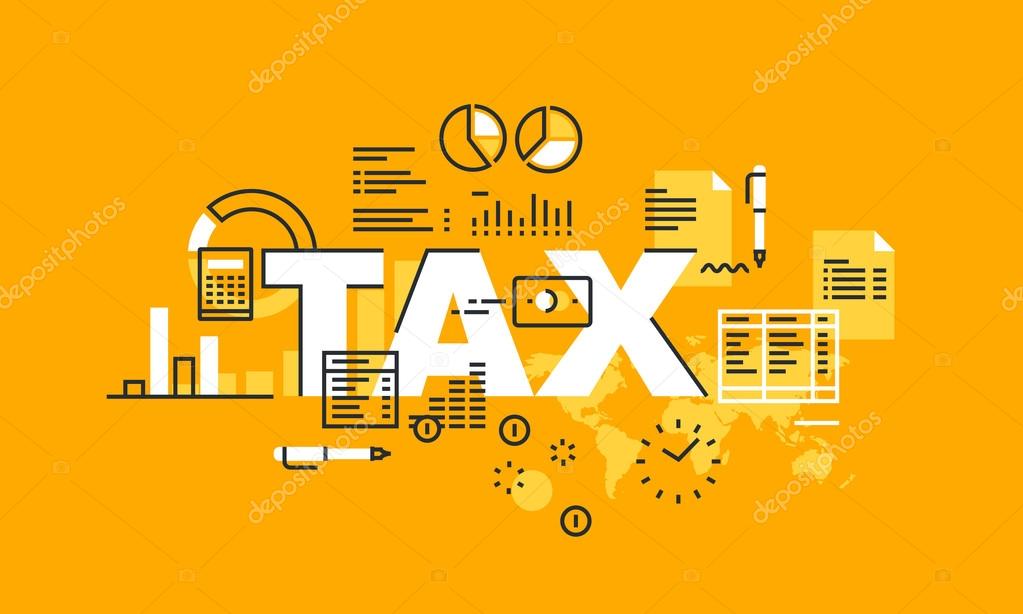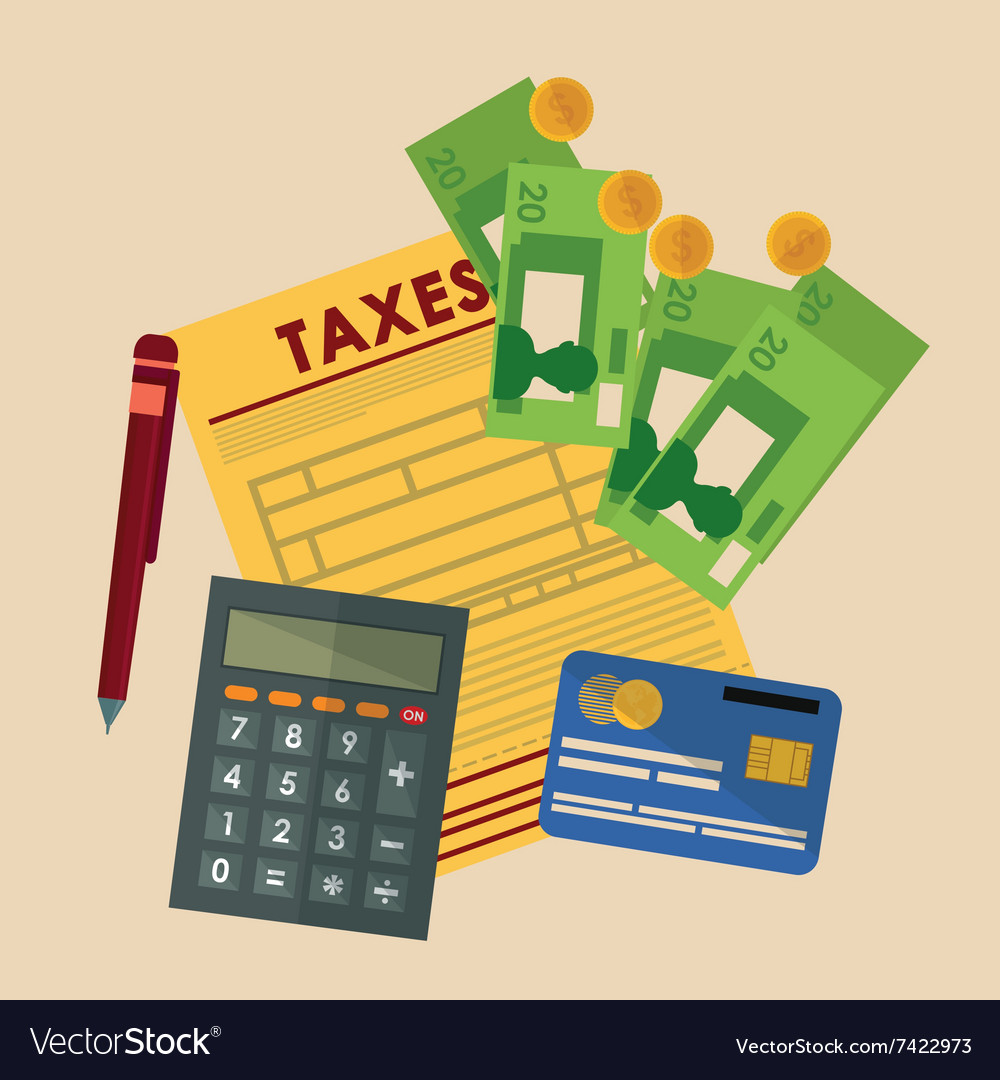What Is a Capital Gains Tax?
Similarly, as the public authority needs a cut of your pay, it likewise expects a cut when you understand a benefit — otherwise known as a “capital increase” — on your ventures. That cut is the capital gains tax.

For tax designs, understanding the contrast between hidden gains and acknowledged gains is useful. An undiscovered addition is a potential benefit that exists on paper — an expansion in the worth of a resource or speculation you own hasn’t yet sold for cash.
For instance, say you get some stock in an organization, and after a year, it’s worth 15% more than you paid for it. Even though your venture has expanded in esteem by 15%, that gain is undiscovered since you own the stock.
Then again, an increase becomes acknowledged when you sell the resource or venture at a benefit — that is, for more than its premise. For example, you understand an increase of $5,000 assuming you sell that stock for $25,000 after paying $20,000 for it. A tax on capital gains possibly happens when a resource is sold or “understood.”
Instructions to Limit or Stay away from Capital Gains Tax
There are various ways of limiting or even staying away from capital gains taxes. Here is a glance at five of the more normal techniques:
1. Contribute as long as possible.
Assuming you figure out how to find extraordinary organizations and hold their stock as long as possible, you will pay the most minimal capital gains tax rate. This is far from simple or easy. An organization’s fortunes can change throughout the long term, and there are many justifications for why you could need or have to sell sooner than you initially expected.
2. Exploit tax-conceded retirement plans.
At the point when you put away your cash through a retirement plan, for example, a 401(k), 403(b), or individual retirement account (IRA), it will develop without being dependent upon quick taxes. You can likewise trade ventures inside your retirement account without setting off capital gains tax.
On account of conventional retirement accounts, your gains will be taxed as common pay when you pull out cash, however, by then, you might be in a lower tax section than when you were working.
With Roth IRA accounts, nonetheless, the cash you pull out will be sans tax — as long as you observe the important guidelines.
For ventures beyond these records, it could profit financial backers close to retirement to hold on until they quit attempting to sell. If their retirement pay is adequately low, their capital gains tax bill may be diminished, or they might have the option to try not to pay any capital gains tax. Yet, if they’re now in one of the “no-pay” sections, there’s a critical element to remember: Assuming that the capital increase is sufficiently enormous, it could build their all-out taxable pay to a level where they would cause a tax bill on their gains.
Capital misfortunes can counterbalance your capital gains as well as be a part of your standard pay. Any sum left over after what you are permitted to guarantee for one year can be extended to future years.
3. Utilize capital misfortunes to balance gains.
Assuming that you experience a speculation misfortune, you can exploit it by diminishing the tax on your gains on different ventures. Let’s assume you own two stocks, one worth 10% more than you paid for it, while the other is worth 5% less. Assuming you sold the two stocks, the misfortune on the one would decrease the capital gains tax that you would owe on the other. Assuming everything falls into place, each of your ventures would appreciate it, yet misfortunes do occur, and this is one method for getting some advantage from them.
Assuming that your capital misfortunes surpass your capital gains, you can utilize around $3,000 of it to counterbalance customary pay for the year. From that point onward, you can extend the misfortune to future tax for a very long time until it is depleted.
4. Watch your holding periods.
Assuming that you are selling a security that you purchased about a year prior, make certain to figure out the exchange date of the buy. Holding up a couple of days or weeks to meet all requirements for long-haul capital gains treatment may be a shrewd move for however long the speculation’s cost is holding somewhat consistent.
5. Pick your expense premise.
At the point when you’ve gained shares in a similar organization or common asset at various times and costs, you’ll have to decide your expense reason for the offers you sell. Even though financial backers normally utilize the earliest in, earliest out (FIFO) technique to work out cost premise, there are four different strategies accessible: rearward in, first out (LIFO), dollar-esteem LIFO, explicit offer ID, and normal expense (just for common asset shares).
On the off chance that you’re selling a significant holding, it very well may merit counseling a tax counselor to figure out which strategy checks out.











